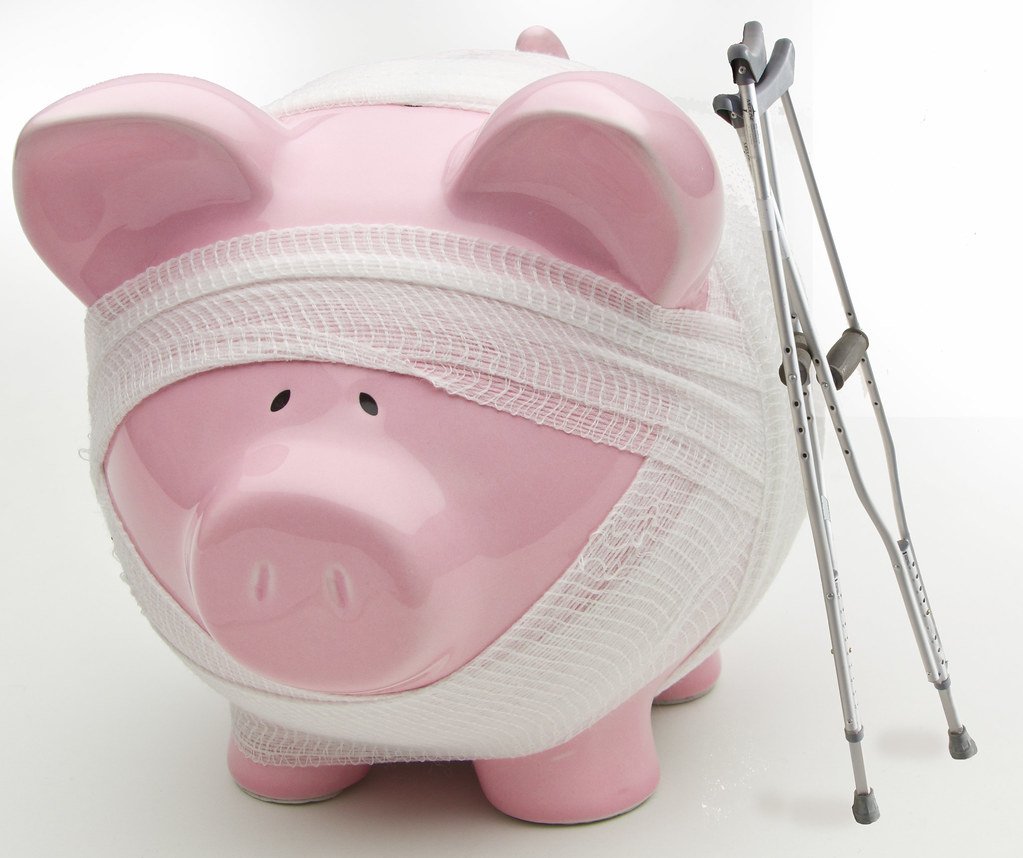So, have you decided to try your hand at the Forex market? Then you should keep in mind that risk is inevitable. But these simple rules will help you to succeed.
All traders need a plan based on strict rules to trade Forex successfully. Sometimes it is created individually or borrowed from market professionals, but usually, it is a mixture of both. Remember: to succeed in the Forex market, you need not only to write a plan, but also to follow it. Here are the seven most important trading principles of successful traders.
.jpg)
1. Remember: trading is an art, not a science.
Unfortunately, no strategy guarantees 100% success. There are no absolute straight goods in trading (except for the mandatory use of stops). Nevertheless, these seven rules have proved to be very effective in various market conditions and will help to protect the novice trader from dangers.
2. Use both technical and fundamental analysis.
Both approaches are important and have an impact on price dynamics. Fundamental analysis allows you to determine the global processes in the market. They can last for weeks or even years. Technical analysis helps you quickly appreciate the situation and find specific entry and exit levels.
The main rule is to play in the global movements direction, opening and closing positions for technical reasons. For example, if the fundamental factors support the dollar, it is reasonable to buy it on drawdown, rather than sell it on growth.

3. Never let profits turn into losses.
A profitable position can become unprofitable in just a few minutes, so it is crucial to properly manage your capital. There is nothing worse than seeing the market turn against the position and it closes at a stop-loss. Profits can be protected by using trailing stops (automatic stops following the price) and trading several lots.
4. Never risk more than 2% of your capital.
This is the most common and violated the trading rule. The Internet is full of stories about how traders have lost one, two or even five years profits in just one transaction. With a maximum 2% loss, you need 10 losing trades in a row to lose 20% of the capital.
5. Always buy strong currency and sell weak.
When two unequal armies collide, almost always wins the stronger one. This is how trading has to be treated. On Forex, a trader works with currency pairs - each deal is to buy one currency and sell another.
Since the currencies dynamics is determined by economic trends, always trade a pair consisting of the one strongest and one weakest currency.
6. Don't forget that risk can be controlled, but profit can't.
Before opening a position, determine the maximum level of losses in advance. Imagine the worst-case scenario and set a stop, focusing on the technical level of capital risk. Each trade, regardless of your opinion, is random. There is nothing stable about trading. On the other hand, the amount of profit is also unknown in advance. The movements in the currency market can be small and large.

7. No excuses.
The "no excuses" rule is perfect for the moments when a trader does not understand the current market dynamics. For example, you have taken a short position waiting for bad statistics. It appears, but the currency is growing, not falling. In this case, close the deal immediately.
If you don't understand what's going on in the market, stop, step aside and watch. Then you won't have to make excuses, discussing where all the money from the account has gone. It is possible to lose 10% of the capital if they are the result of five consecutive losing transactions with a risk of 2%. It is absolutely unacceptable to lose 10% of funds in one transaction only because the trader refused to admit his ignorance and close the position.
Photo: Flickr